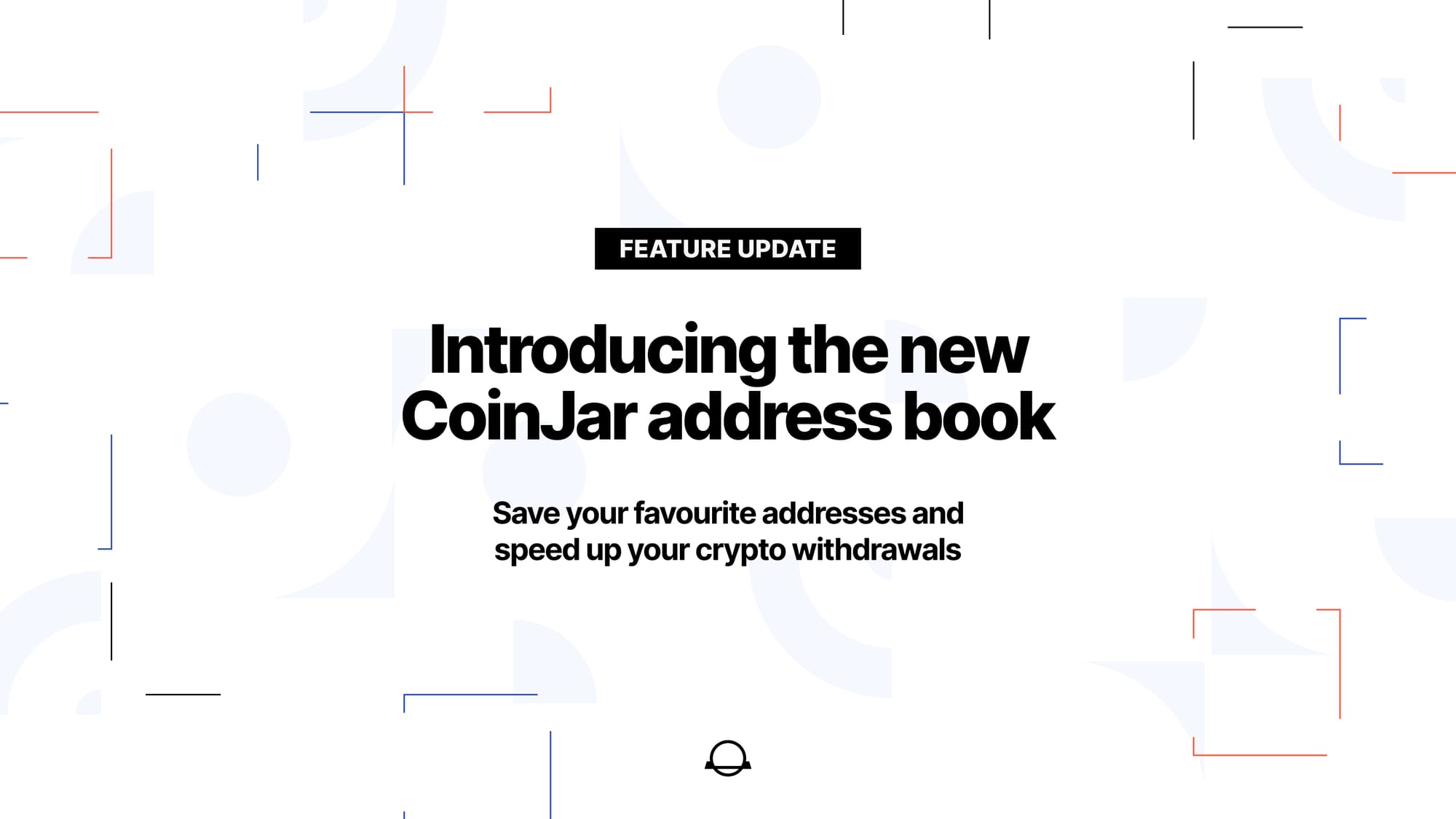As with any emerging technology, there are many myths about blockchain technology. In this piece, we’re going to dispel five of them and, in the process, highlight some ways blockchain can be beneficial to enterprises and organizations of all kinds.
Blockchain is only for ‘cryptocurrency’
First of all, the term ‘cryptocurrency’ is a misnomer, but there’s no need for us to get into that today. In truth, most digital currencies that run on the blockchain are presented in clear text and can be seen by all. There’s nothing ‘crypto’ or ‘encrypted” about them.
However, the point here is that blockchain is about far more than the currencies that move on them. What these currencies are for is far more interesting; they’re for paying nodes for writing ledger entries to the blockchain, and those entries can be all kinds of things.
Blockchain can indeed be used to send financial transactions from one wallet to another, plain and simple, but writing data to them is the primary use case. On Bitcoin SV, which is the most scalable blockchain, it’s possible to upload pictures, videos, and audio, and it’s possible to mint all kinds of tokens.
What’s the point of any of this? Uploading data to the blockchain secures it on an immutable ledger so it can’t go missing from private servers, an all-too-common problem. It leaves a timestamped record of the upload, and it’s then possible to control access to that data tightly, monitoring exactly who accessed it and when, setting permissions with Public Key Infrastructure (PKI) and other solutions.
The data management aspect of blockchain is an entire topic in and of itself. For now, blockchains are useful for a lot more than sending so-called “cryptocurrencies” around.
Blockchain is anonymous
One of the biggest misunderstandings in the blockchain world is the difference between anonymity and privacy. While anonymity makes it impossible to know who was involved in a transaction, privacy means only those who need to know are involved. With blockchain, there’s always evidence that a given transaction occurred.
While some early Bitcoin users made the fatal mistake of thinking blockchain and the digital currencies that run on them are anonymous, many of them ended up in prison as a result; nothing could be further from the truth.
Blockchain is private, but all transactions, whatever they are for, are timestamped and written to a public ledger anyone can inspect. While it’s not immediately knowable who sent or received them, how much was transacted, and for what, interested parties have ways of finding out.
As Justice Louis Brandeis once said, “Sunlight is said to be the best of disinfectants; electric light the most efficient policeman.” Despite the pervasive myth that blockchain is some anonymous tool for criminals and the insidious use cases it has spawned, blockchain technology is one of the greatest tools for transparency the world will ever see.
Blockchain doesn’t scale
It’s true that most blockchains don’t scale, but it’s not true that blockchains don’t scale, per se. Satoshi Nakamoto, the inventor of Bitcoin, told early enthusiasts and collaborators that it scaled infinitely and could challenge Visa (NASDAQ: V) upon release.
Somehow, partly due to misunderstanding and partly due to the deliberate proliferation of misinformation, the myth that blockchains can’t scale got started. That may be true of protocol forks like BTC, but that’s down to design changes made by developers and says nothing about blockchain’s inherent capabilities.
Blockchain of different types scale to varying degrees based on many various factors. At the bottom end of the spectrum, we have blockchains like Ethereum, which can handle around 20 transactions per second (see why Ethereum 2.0 can’t scale). At the high end, we have Bitcoin SV, the original protocol designed by Satoshi Nakamoto, which can handle hundreds of thousands of transactions per second with no theoretical upper limit.
Critics will cite the fallacious blockchain trilemma, saying that scaling blockchain this way comes at the cost of decentralization and/or security. This only highlights their own ignorance as to the meaning of these terms, and, once again, says nothing about blockchain itself.
Blockchain does scale, and in particular, the original Bitcoin blockchain scales unboundedly. There is no upper limit on how many transactions they can handle when block sizes are uncapped.
The future will be a multi-chain world
Some experts in the blockchain industry imagine a world in which many different blockchains interact with each other, utilizing middleman protocols like Chainlink to communicate.
However, ‘many different chains’ is as much a myth as the ‘many different protocols’ world many imagined back in the 90s when the internet was getting started. AOL and others had their own networks, but in the end, the internet we know today won out, and the backbone protocols TCP/IP interconnect everything.
Sure, some private blockchains will likely be controlled by banks, the military, and government departments, just as there are intranets today. However, there will only be one global blockchain, and it will be the most scalable by default.
A world of many blockchains reintroduces the problems Bitcoin was designed to solve, such as the hacks that occur when ‘bridges’ between them are introduced and the issue of multiple sets of records saying different things. Many of the immense benefits of blockchain are lost in a multi-chain world, so there’s little point in creating this version of reality.
The future world will be underpinned by one global chain, just as Satoshi Nakamoto said back in 2009. Perhaps the father of blockchain knew what he was talking about after all!?
Blockchain technology is a solve-all
At the opposite end of the spectrum from some of the myths we’ve already debunked lies another that’s promoted mainly by those who ‘get it’ but who get a little carried away.
Like it or not, blockchain doesn’t solve all problems. It makes data management and transfers easier, disincentivizes financial crimes and fraud, makes micropayments and nanopayments possible, and enables true peer-to-peer transactions for the first time in history. Still, it doesn’t magically fix climate change, stop hacking, and create a techno-utopia in which we all live happily ever after in a world of superabundance (leave that to the AI guys).
It’s important to realize that while blockchain technology is fantastic, it was designed to address some very specific problems, most of which I have outlined above. However, to solve those problems, it’s important to keep our feet on the ground and realize there’s a lot of work to be done.
Join us at the London Blockchain Conference
If you’re interested in learning more about the potential of infinitely scalable public blockchains or if you have some ideas/solutions that aim to utilize them, we’d love to see you at the London Blockchain Conference. It runs from May 31 to June 2, 2023, and anyone interested in legal, real-world use cases for scalable blockchains is welcome.
Far from being a BSV-only conference, anyone working on any utility blockchain that complies with the law is encouraged to attend the event. If you’re a developer, entrepreneur, or any other kind of person working on massively scaling blockchain technology, you’re welcome to attend.
Register as a speaker, grab a booth, or join and mingle with other blockchain thought leaders and enthusiasts at the world’s largest blockchain conference. Register here to secure your free ticket today!
Watch: London Blockchain Conference 2023 brings government enterprise onto the blockchain
width=”560″ height=”315″ frameborder=”0″ allowfullscreen=”allowfullscreen”>
New to Bitcoin? Check out CoinGeek’s Bitcoin for Beginners section, the ultimate resource guide to learn more about Bitcoin—as originally envisioned by Satoshi Nakamoto—and blockchain.



